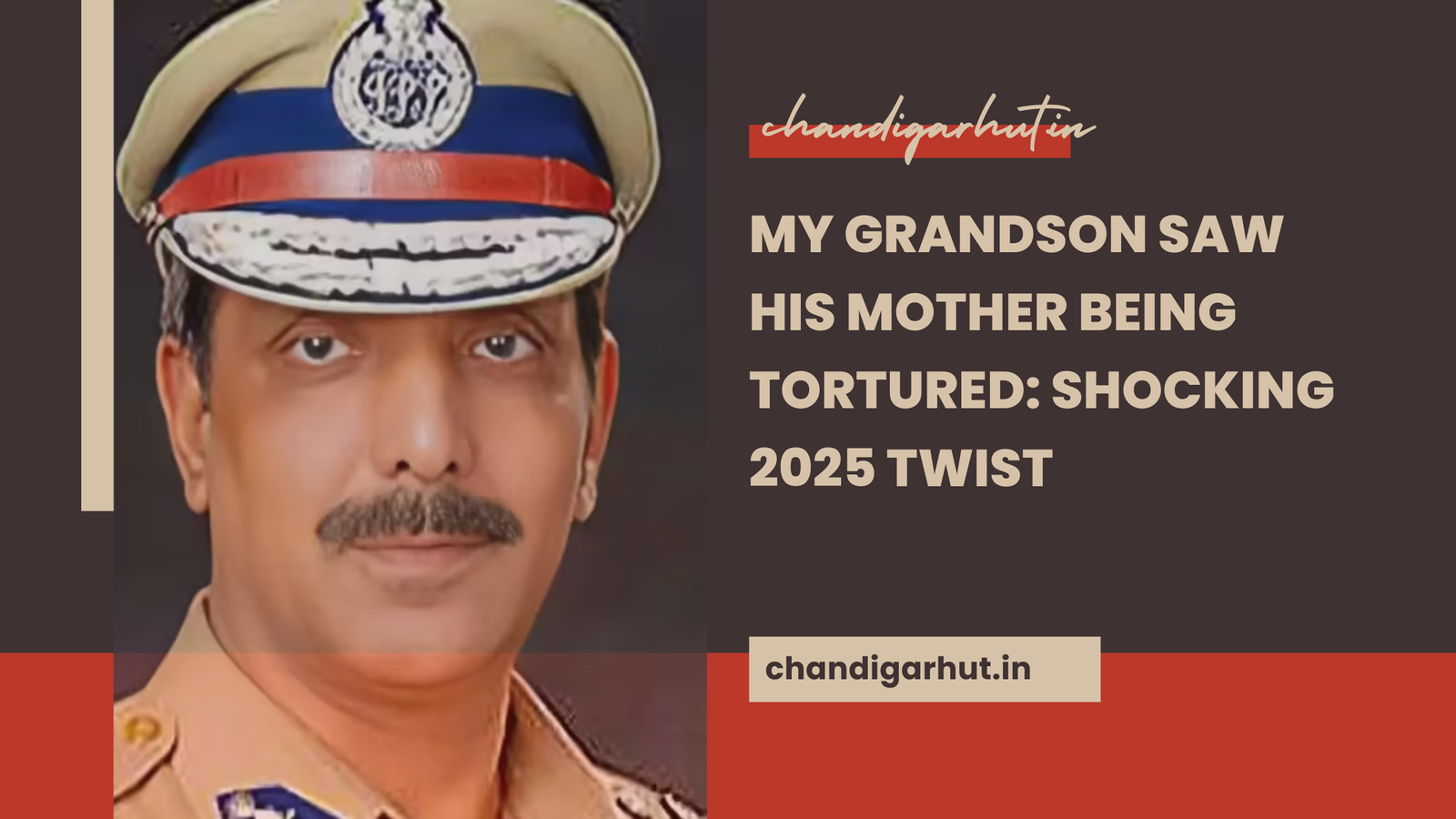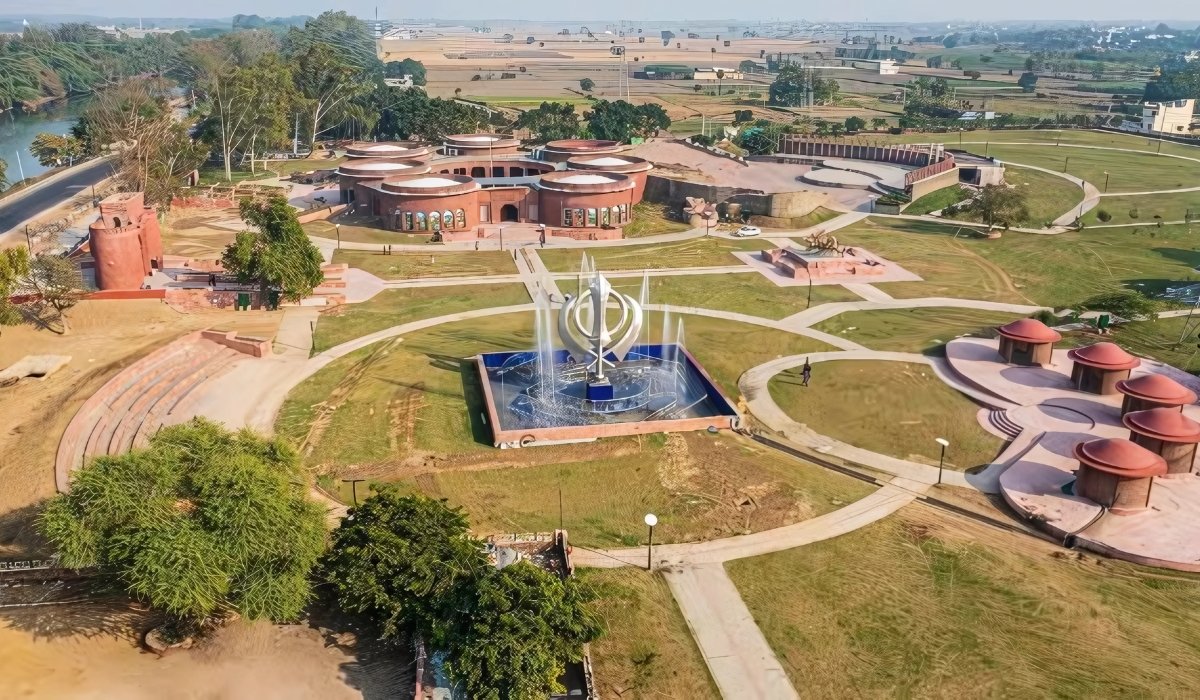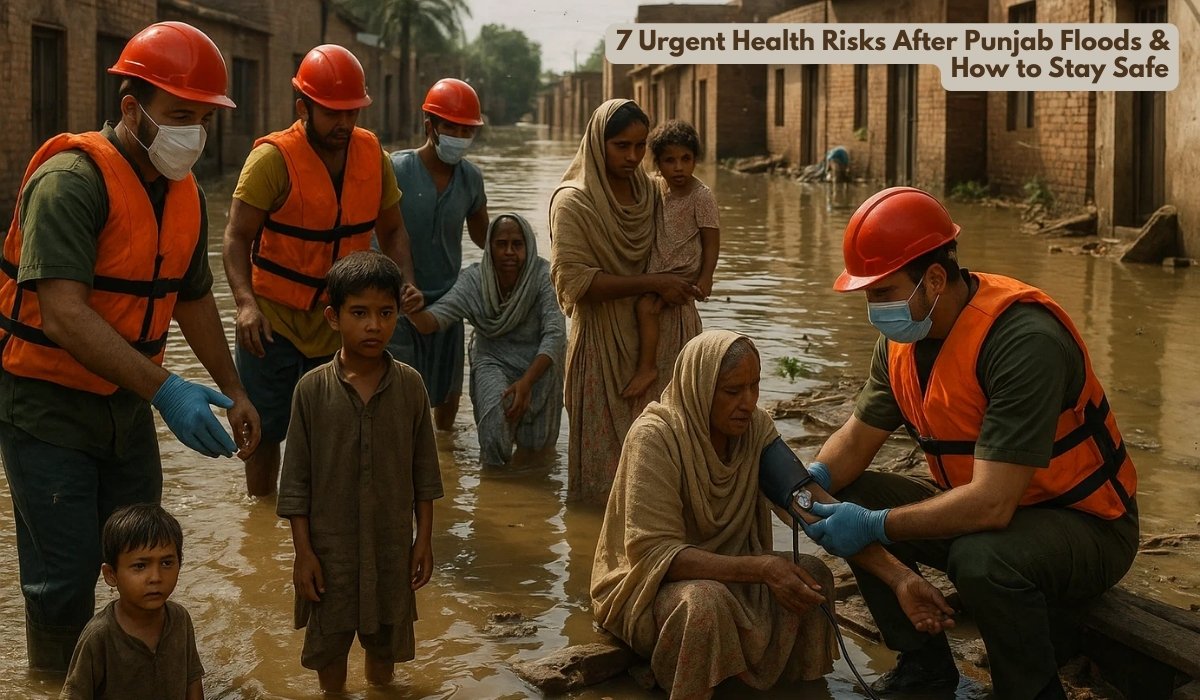My grandson saw his mother being tortured, a claim that has intensified scrutiny of the Punjab ex-DGP Mustafa’s family after Aqil’s death. This opening sentence anchors a developing narrative where official versions collide with social-media-driven allegations. As investigators weigh competing theories, the family narrative remains at the center of public debate, putting pressure on authorities to deliver clarity in a case that already carries significant political and legal sensitivity.
Background: the people, the case, and the initial findings
Former Punjab DGP Muhammad Mustafa has long been a figure at the heart of provincial policing debates. The death of his son Aqil quickly emerged as a flashpoint in a city brimming with political tension, media attention, and the ever-present risk of miscommunication in high-profile incidents. In the earliest reports, authorities suggested a drug overdose, a standard line that many families and observers later treated with skepticism given the broader context of the family’s public profile and the social media discourse surrounding Aqil’s passing.
From the outset, the case appeared to hinge on two competing narratives: the official line of a possible accidental overdose and the family’s assertion that factors beyond a simple medical explanation could be involved. This tension was not purely procedural; it touched on family dynamics, long-standing tensions within extended kin networks, and the perception of how law enforcement handles cases involving prominent figures. In parallel, the family’s public statements emphasized that Aqil had been struggling with personal and interpersonal strains that could have influenced his mental health and behavior in the days preceding his death. The discussion around family tensions and psychological distress became a backdrop against which investigators sought to determine the truth about Aqil’s final hours.
The twist: social media pressure, FIRs, and an SIT probe
As online platforms amplified every fragment of information, a string of social media videos raised questions about foul play and forced interpretations of Aqil’s death. In the swirl of online speculation, an FIR was filed and a Special Investigation Team (SIT) was constituted to re-examine the evidence. The public discourse intensified around the phrase My grandson saw his mother being tortured, a line cited by commentators as a possible emotional and factual anchor that could reshape how investigators view the events leading up to Aqil’s death. The phrase also underscored how a single, emotionally charged claim can alter perceptions, even when formal investigations are still ongoing.
The SIT probe is expected to review autopsy reports, witness testimonies, and electronic records that might shed light on the chain of events. Yet the presence of a formal FIR does not automatically translate into a definitive judgment. Legal processes require corroboration, chain-of-custody integrity, and careful handling of sensitive information that could influence verdicts. In this environment, the public’s demand for transparency often meets the practical limits of what can be publicly disclosed during an ongoing investigation, with several key questions remaining unanswered as the probe proceeds.
The assertion that My grandson saw his mother being tortured has become a focal point in the narrative around Aqil’s death. Even when authorities emphasize methodical police work, the emotional resonance of this claim can influence both media framing and public expectations. The tension between the drug overdose hypothesis and allegations of foul play is not merely academic; it has concrete implications for how families, victims’ rights groups, and political actors perceive accountability and justice. In this context, accountability becomes not only a matter of organizing evidence but also of addressing the human dimensions that drive trust in public institutions.
To capture the broader impact, consider how stakeholders—ranging from the local media to national observers—interpret the same set of facts. The family’s stance, which frames Aqil’s death within a larger pattern of stress and strain, invites readers to ask whether the system is sensitive enough to investigate potential coercion, intimidation, or other forms of external influence that could contribute to a death under investigation. In this light, the debate extends beyond one case and into questions about the adequacy of procedures when high-profile individuals are involved, and whether the presence of a prominent public figure at the center of a case correlates with faster or more rigorous investigation, or with an overreliance on partisan narratives.
- What exactly does the SIT review cover? Autopsy, toxicology, digital evidence, and witness statements are among the pillars under review to determine whether the initial conclusions hold up under scrutiny.
- Are there independent medical opinions on Aqil’s death? Independent experts can provide critical assessments of the medical findings that initial reports may not fully clarify.
- How are family statements weighed in the overall investigation? The family’s perspective matters, but it must be corroborated by objective evidence to influence legal outcomes.
- What role do social media narratives play in shaping official actions? Public reaction can catalyze formal inquiries, but authorities must rely on verifiable facts rather than emotion-driven interpretations.
An element frequently highlighted by supporters of the family is Aqil’s mental health status and his expressed concerns about depression tied to alleged family tensions. The connection between psychological well-being and traumatic events is nontrivial, and experts often stress the importance of understanding personal trajectories in cases where a death is contested. When a child or young adult is living in a climate of perceived conflict, stressors can accumulate. This reality complicates investigators’ efforts to parse cause from circumstance, and it also informs policy discussions about safeguarding mechanisms for families involved in high-stakes investigations.
Within this frame, the claim My grandson saw his mother being tortured is not simply a sensational bullet point. It is a reflection of the emotional climate around Aqil’s passing, including the way his son and other relatives described the environment in the days before the tragedy. The broader public discourse tends to conflate emotional testimony with evidence; however, investigators must differentiate between perception and substantiated fact, ensuring that the rights and sensibilities of all parties are respected throughout the process.
From a legal standpoint, the transition from an initial assessment to a full investigation can be lengthy and complex. The FIR and the SIT’s mandate mark the formalization of scrutiny, which may include re-examining the medical reports, re-interviewing witnesses, and collecting digital and physical evidence. In cases involving high-profile figures, timelines often become subjects of public debate, sometimes generating expectations for rapid resolution that the judicial reality cannot meet. The overarching goal remains the same: to determine the truth about Aqil’s death with due process and to ensure that the investigation remains fair, transparent, and legally sound.
As this case unfolds, observers watch for concrete developments: whether new autopsy findings emerge, whether toxicology rechecks reveal additional insights, and whether the SIT can reconcile competing narratives in a way that invites public confidence. The phrase My grandson saw his mother being tortured continues to resonate because it encapsulates a personal and family-centric lens on events that otherwise read as impersonal data points. The challenge for officials is to translate such emotionally charged accounts into verifiable facts that stand up to judicial review.
Media coverage surrounding the Punjab ex-DGP Mustafa case has a dual burden: it must inform the public while avoiding sensationalism that could prejudice a legal process. Responsible reporting emphasizes verified information, clear distinctions between speculation and fact, and a refusal to sensationalize private grief. The claim My grandson saw his mother being tortured has been widely cited, yet responsible outlets present it within the framework of what is known and what remains unverified. This balance matters because public confidence in the investigation depends on consistent, transparent communication from authorities and careful, journalistly restraint from commentators who may not be bound by the evidentiary standards of the courts.
For policymakers and advocates, the case also raises questions about how to protect families caught in the maelstrom of high-profile legal battles. Support systems, timely access to independent expert opinions, and safeguards against coercive practices are all areas that deserve scrutiny in order to preserve the integrity of the process and the dignity of those involved.
Frequently Asked Questions
What is the current status of the SIT probe into Aqil’s death?
The SIT is reviewing medical reports, toxicology results, and witness statements to establish a clearer causation narrative. No final ruling has been issued as of now, and updates are typically provided through official channels as findings are validated.
Has there been any independent medical analysis supporting or refuting the overdose theory?
Independent medical opinions are often sought in contested cases. Until published, it remains essential to rely on official reports and verified expert commentary.
How should readers interpret the claim My grandson saw his mother being tortured?
It is a deeply emotional assertion that underscores the human impact of the case. While such statements influence public perception, investigators must validate them against corroborated evidence to shape legal conclusions.
What can we expect next in this case?
Expect continued evidence gathering, potential new medical or forensic analyses, and formal statements from the SIT as the investigation progresses. Legal outcomes will depend on the weight and coherence of the amassed evidence.
The Punjab ex-DGP Mustafa case sits at the intersection of personal tragedy and public accountability. The ongoing investigation seeks to untangle a complex web of medical hypotheses, family dynamics, and social-media-driven narratives. While the claim My grandson saw his mother being tortured has entered the public lexicon as a potent emotional touchstone, the path to a final, legally sound conclusion requires rigorous evidence, adherence to due process, and careful communication with the public. As the SIT completes its work, the overarching objective remains clear: deliver clarity, safeguard the integrity of the investigation, and honor the memory of Aqil through a transparent, methodical pursuit of truth.















